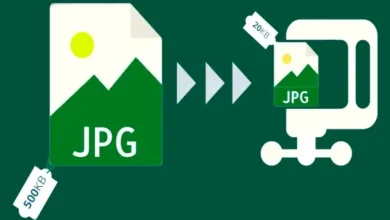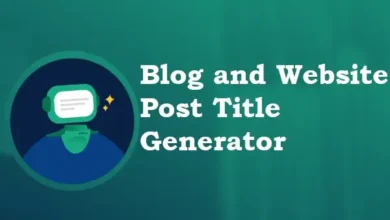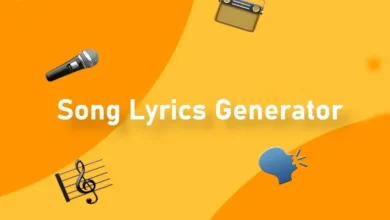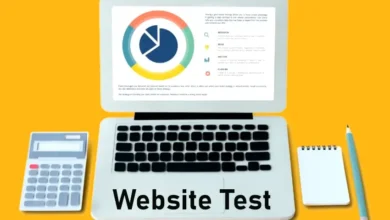Free Online Speech To Text Converter

Our free Speech-to-text converter is very popular, these days technology has become a game-changer in our fast-paced world. Imagine speaking into a device and watching your words magically appear as text it’s like having a digital stenographer at your fingertips. This technology isn’t just cool; it’s a tool that makes life more accessible and productive.
Table of Contents
ToggleSpeech-to-Text Converter
Speech-to-Text Converter
What is Speech-to-Text?
Our free Speech-to-text converter, also known as voice-to-text, is a technology that transcribes spoken language into written text. By using advanced algorithms and artificial intelligence, these tools understand and convert speech in real-time.
Brief History of Speech-to-Text Tool
Speech-to-text technology started as an experimental tool in the mid-20th century. Over time, with advancements in artificial intelligence and machine learning, it has evolved into the sophisticated, user-friendly tools we see today.
How Speech-to-Text Technology Works?
The Basics of Voice Recognition
At its core, speech-to-text technology relies on voice recognition, which analyzes audio waves and matches them to a database of words and phrases.
Role of AI and Machine Learning in Speech-to-Text
AI plays a crucial role in making speech-to-text converters smarter and more efficient.
Training Models for Speech Recognition
AI models are trained using vast datasets of speech, which include different languages, tones, and accents.
Handling Different Languages and Accents
Modern tools are designed to adapt to diverse languages and dialects, ensuring more inclusivity.
Applications of Speech-to-Text Converters
Enhancing Accessibility
One of the greatest benefits of speech-to-text technology is its ability to help people with disabilities.
Helping the Hearing-Impaired Community
It can generate captions for videos or transcribe conversations in real-time, making communication easier.
Productivity Boost in Workplaces
Speech-to-text tools save time and effort by converting spoken words into text for documentation.
Transcribing Meetings and Interviews
Recording and transcribing meetings has never been easier, ensuring no detail is missed.
Impact on Education and Learning
From students taking notes to educators creating resources, speech-to-text has transformed how knowledge is shared.
Key Features of Modern Speech-to-Text Tool
Real-Time Conversion
Modern speech-to-text tools can transcribe words as they are spoken, making them ideal for live events, dictation, or meetings. This instant conversion saves time and ensures that nothing gets lost in translation.
Multi-Language Support
Many tools today support multiple languages, allowing users from diverse linguistic backgrounds to benefit. Some even offer automatic language detection, making them more versatile.
Customization Options for Users
Users can often customize these tools to suit their needs, like adding industry-specific vocabulary or setting up shortcuts for repetitive phrases.
Popular Speech-to-Text Converters
Overview of Top Tools
Let’s explore some of the leading speech-to-text tools available today:
Google Speech-to-Text
Google’s tool is known for its accuracy, speed, and integration with other Google services. It supports multiple languages and is a favorite for personal and professional use.
Microsoft Azure Speech Services
Microsoft’s offering stands out with its robust AI features and enterprise-level support. It excels in handling accents and complex speech patterns.
Otter.ai and Rev
These tools specialize in transcription for meetings and interviews, offering features like speaker identification and collaborative editing.
Benefits of Using Speech-to-Text Technology
Improved Efficiency
Speech-to-text tools eliminate the need for manual transcription, allowing professionals to focus on more important tasks. Whether it’s drafting an email or creating meeting minutes, the speed is unmatched.
Accessibility for All
For individuals with disabilities or those who struggle with typing, these tools open up new ways to communicate and work efficiently.
Enhanced Accuracy with AI Tools
Thanks to machine learning, the accuracy of speech-to-text tools has significantly improved. They can now handle variations in tone, speed, and even background noise to deliver precise results.
Search for: Text to Speech Converter, Free Stock Images Downloader.
Challenges and Limitations
Accuracy Issues in Noisy Environments
While the technology has come a long way, it can still struggle with accuracy in loud or chaotic surroundings. Background noise often interferes with speech recognition.
Privacy Concerns
Speech-to-text tools often require access to user data, raising questions about privacy and security. Choosing a trusted provider is crucial to ensure data protection.
Language and Dialect Barriers
Although many tools offer multi-language support, not all languages and regional dialects are fully covered. This can limit their usability for some users.
Future of Speech-to-Text Technology
Advancements in AI and Machine Learning
With AI continuing to evolve, we can expect even greater accuracy, faster processing, and improved understanding of context and tone.
Integration with Other Technologies
Speech-to-text technology is increasingly being integrated into other tools like virtual assistants, smart devices, and augmented reality platforms, making it an essential part of our tech ecosystem.
How to Choose the Right Speech-to-Text Converter
Key Factors to Consider
When selecting a speech-to-text tool, consider these critical factors:
Cost
Evaluate whether the tool fits your budget. Many free options exist, but premium versions often provide additional features and better support.
Features and Support
Ensure the tool meets your specific needs, whether it’s real-time transcription, multi-language support, or customization. Check for customer support availability as well.
Conclusion
Speech-to-text technology is reshaping how we communicate and work, offering a seamless way to convert spoken words into text. From enhancing accessibility to boosting productivity, its applications are vast and varied. While challenges like privacy and accuracy persist, continuous advancements in AI promise a brighter future for this revolutionary technology. To find more website tools visit our website Media Music Mania.
FAQs
1. What is a Speech-to-Text Converter?
A speech-to-text converter is a tool that transcribes spoken words into written text using voice recognition and AI.
2. How accurate are speech-to-text tools?
Most tools are highly accurate under ideal conditions, but accuracy can drop in noisy environments or with unfamiliar accents.
3. Can these tools recognize multiple languages?
Yes, many tools support multiple languages and even offer features like automatic language detection.
4. Are speech-to-text converters safe to use?
Most are safe if you choose a reputable provider. However, always review the privacy policy to ensure your data is secure.
5. What are the best free options for speech-to-text conversion?
Free tools like Google Speech-to-Text and Otter.ai provide excellent features, but premium versions offer added benefits for professional use.







